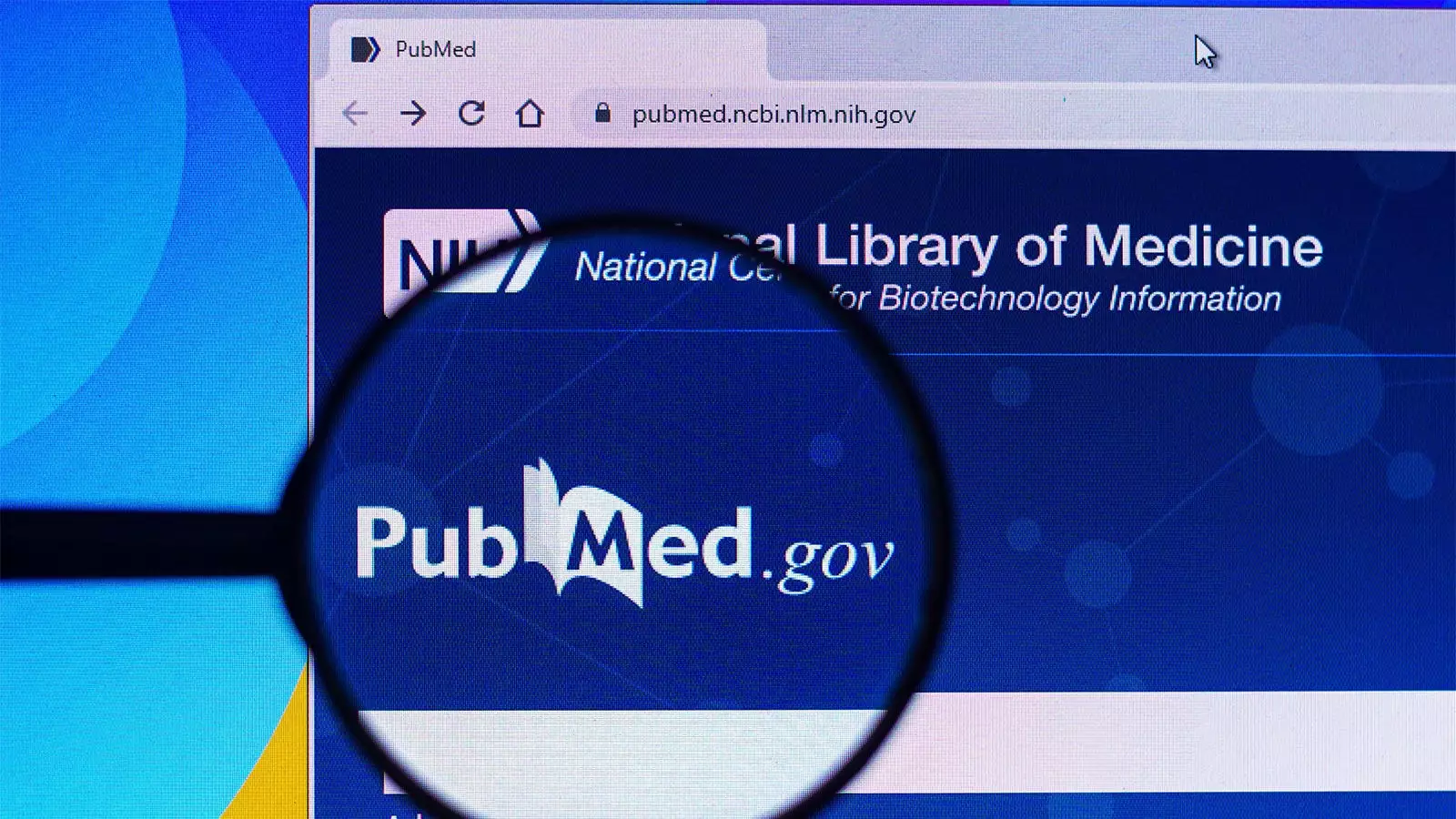In an era where transparency in scientific research is critically important, the reporting of potential conflicts of interest (COI) remains alarmingly low across many academic journals. According to a recent analysis led by Peter Lurie, MD, MPH, from the Center for Science in the Public Interest, this issue has persisted even after the introduction of a voluntary field for COI statements in PubMed abstracts. While a slight increase in the inclusion of COI statements has been documented, it appears that significant gaps remain in the consistency and completeness of this reporting. For instance, the proportion of journals that published at least one COI statement grew from 25.9% in 2016 to 33.2% in 2021. However, this still indicates that the majority of journals are neglecting to utilize a feature that could enhance transparency within the scientific community.
The data reveal a significant trend: the percentage of articles on PubMed that incorporated COI statements surged from a mere 9% in 2016 to 43% in 2021. On closer examination, the scenario changes when considering prestigious journals. Among the top 40 high-impact journals, only 30.2% of nearly 4,000 articles published during 2021-2022 featured COI disclosures, and only 63.3% of these were correctly entered into PubMed’s voluntary COI field. This inconsistency raises concerns about the diligence of journal policies and their commitment to fostering transparency. The apparent disparity between the high-impact journals and the overall data underscores a broader issue of compliance and operational standards across the publishing landscape.
The most pressing concern, as noted by Lurie, lies in the fundamental problem of the lack of uniformity in COI reporting among scientific journals. The introduction of the voluntary COI field by the National Library of Medicine in 2017 was intended to streamline the process of disclosure; however, the actual integration by journals has been inconsistent at best. Lurie posits several potential explanations for this underutilization. Some journals may simply neglect to utilize the available field, while others might occasionally report COIs but do so inconsistently. A further complication arises when journals include COI information within the body of published articles but fail to officially categorize it as a COI statement, leading to critical discrepancies in what gets reported to PubMed.
What becomes evident is the urgent need for standardized practices in COI reporting across journals. Many researchers who submit articles have noted that while some publishers adhere to standardized approaches, countless others operate with arbitrary guidelines. This inconsistency can result in vital information being overlooked or misformatted, severely undermining the quality of transparency expected in scientific publishing.
Lurie’s observations emphasize that a more coordinated effort among journals to adopt standardized COI reporting methods is crucial. By implementing best practices and guidelines for COI disclosures, journals can more effectively meet ethical standards and enhance their credibility within the scientific community.
Role of the National Library of Medicine
In light of these findings, the role of the National Library of Medicine (NLM) should not be underestimated. It could take proactive steps to enhance communication and outreach efforts to journals that are sporadically reporting COI statements. In promoting the importance of this voluntary field and helping journals integrate it into their publication processes, the NLM could significantly bolster transparency in the scientific literature. Moreover, distributed resources and existing codes are available to assist journals in improving their reporting mechanisms.
The incremental increase in the reporting of conflict of interest statements is a step in the right direction, but it highlights a broader issue of compliance across academic publishing. For scientific research to maintain its integrity and public trust, transparency regarding potential conflicts must not only be encouraged but systematically enforced. The collaboration between journal publishers, researchers, and institutions like the National Library of Medicine may facilitate a shift towards a more transparent and ethical scientific publishing environment. The stakes are high; fostering a culture of openness will ultimately ensure that research serves the public good, devoid of hidden interests or biases.

Leave a Reply